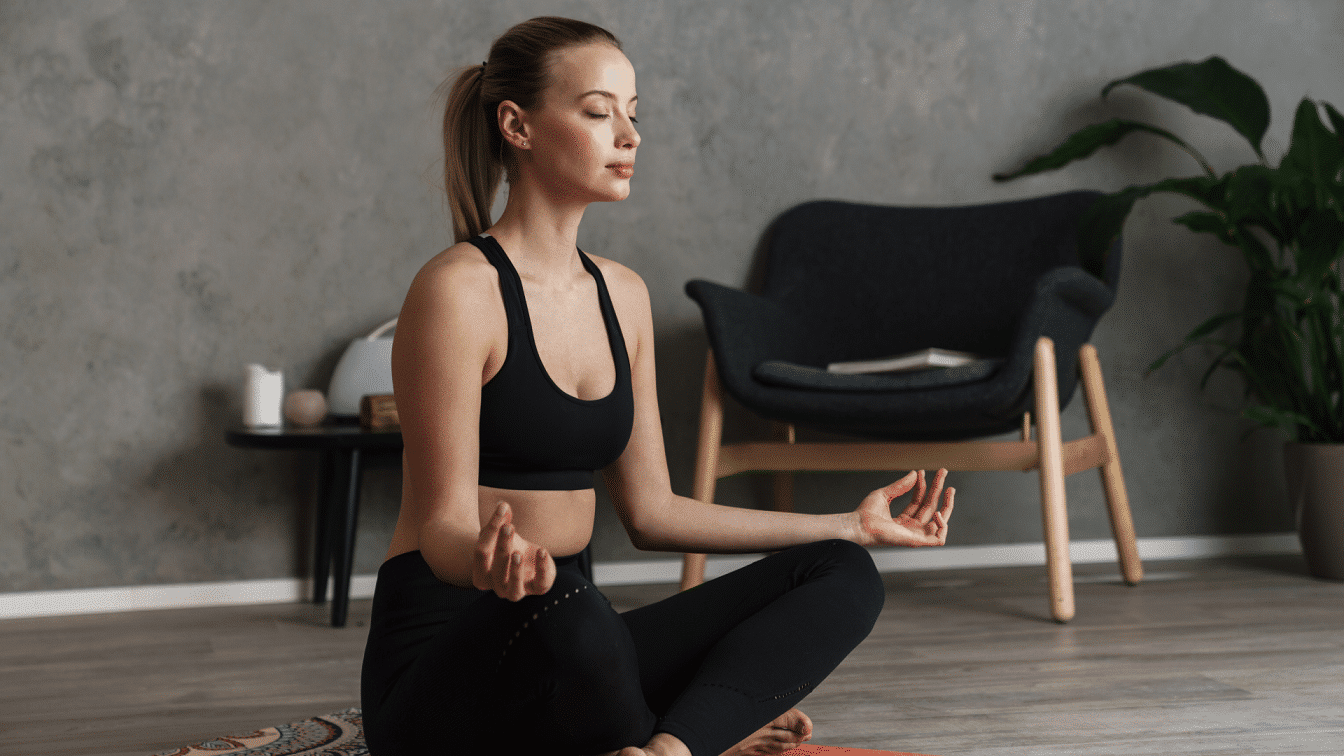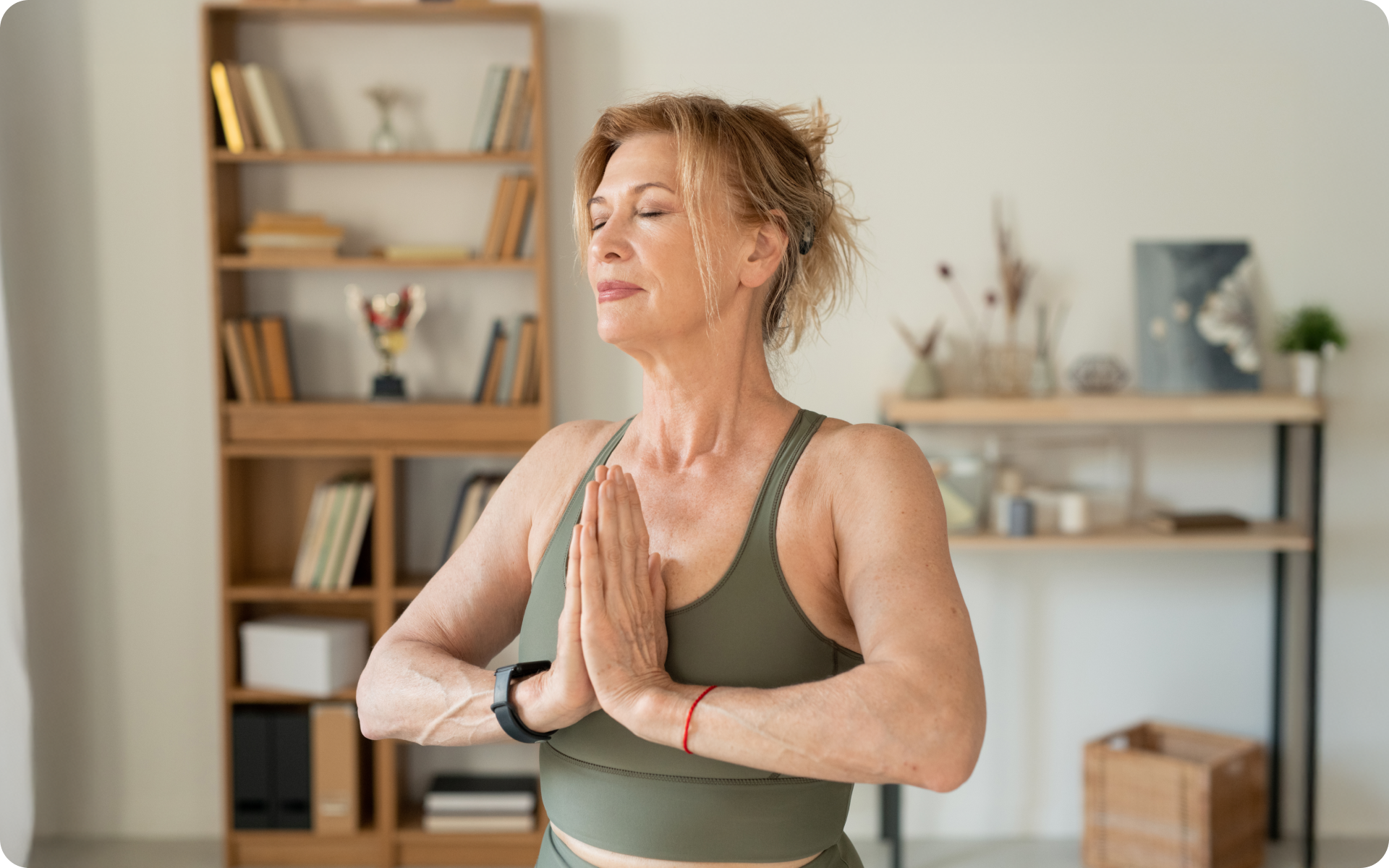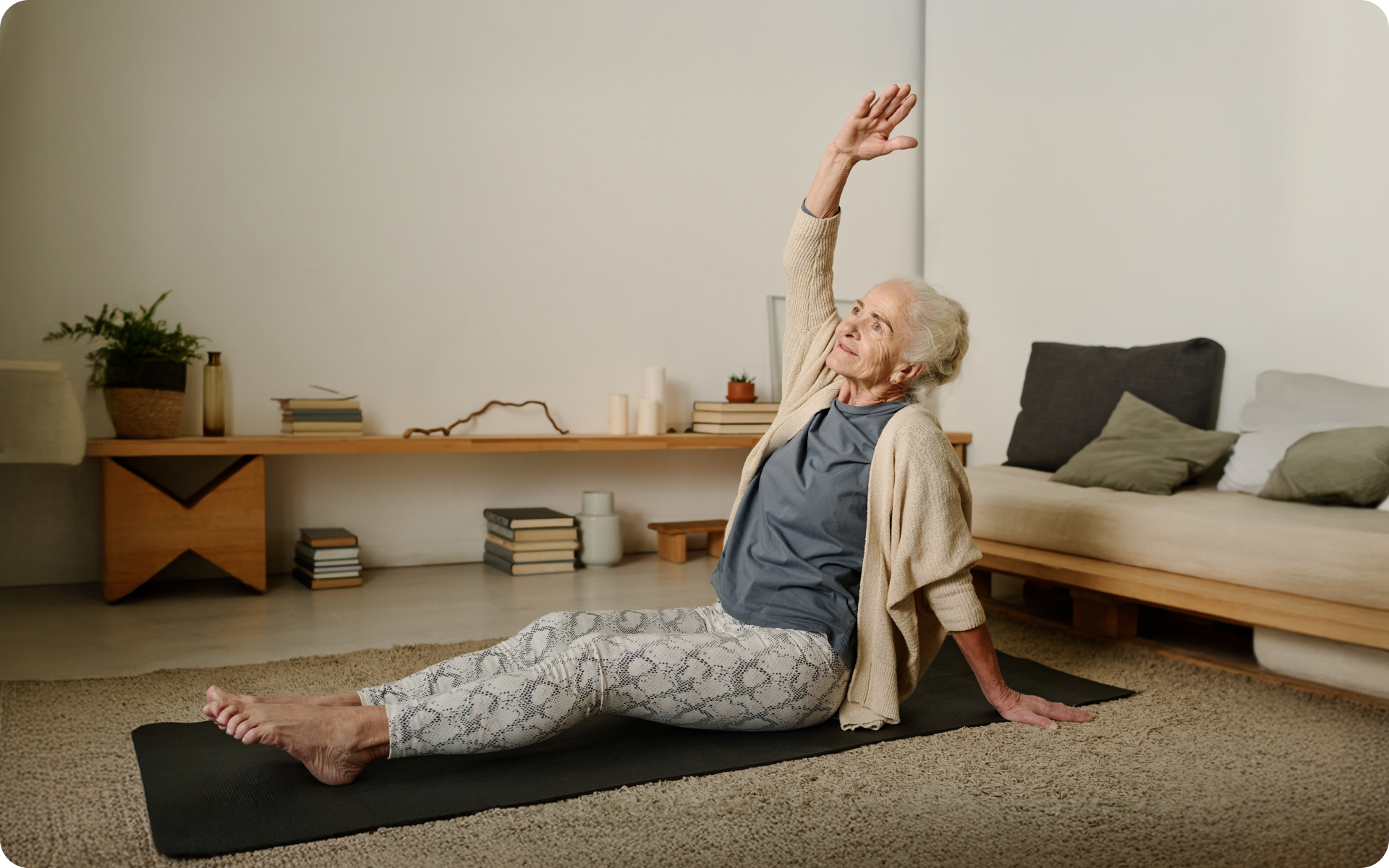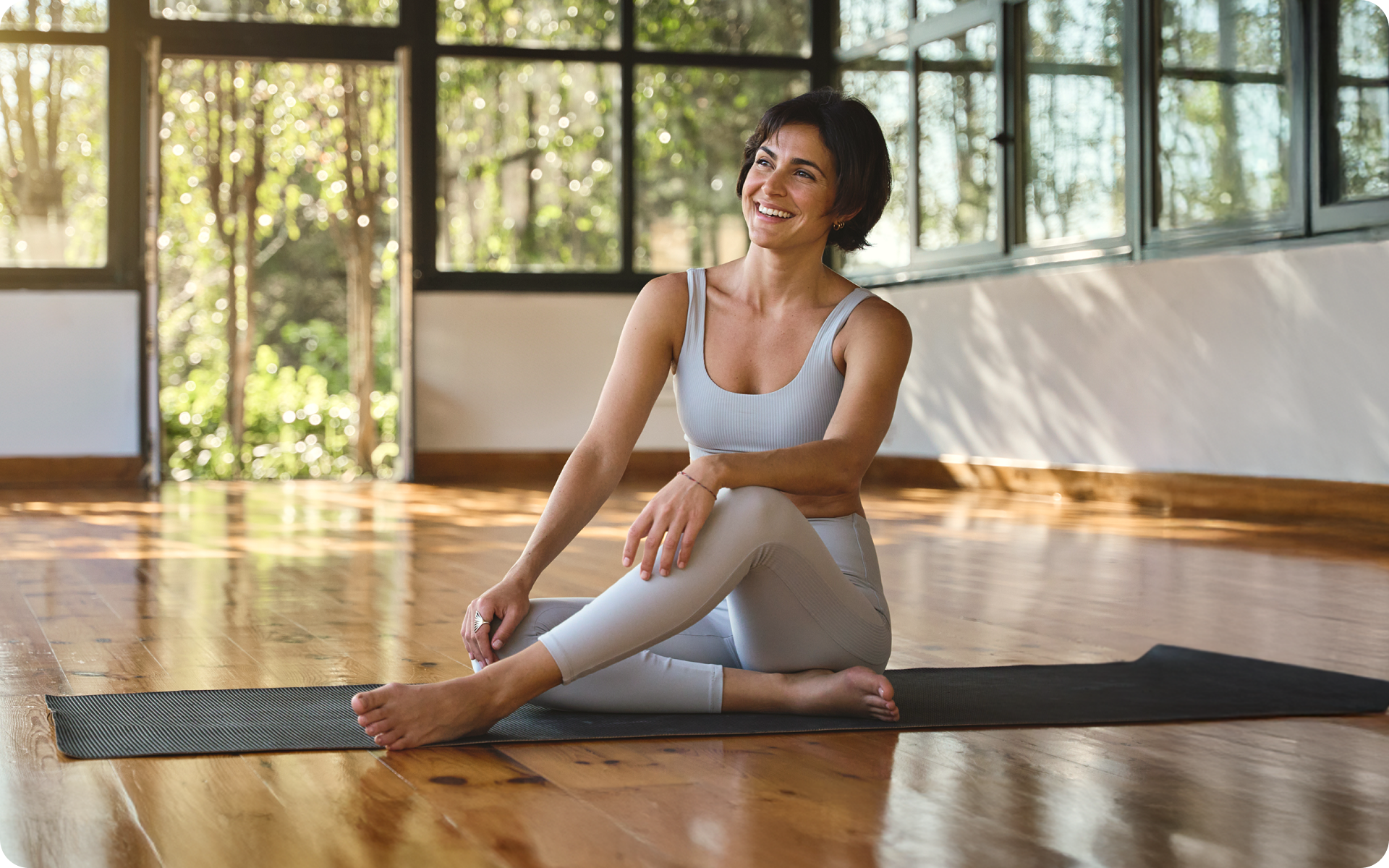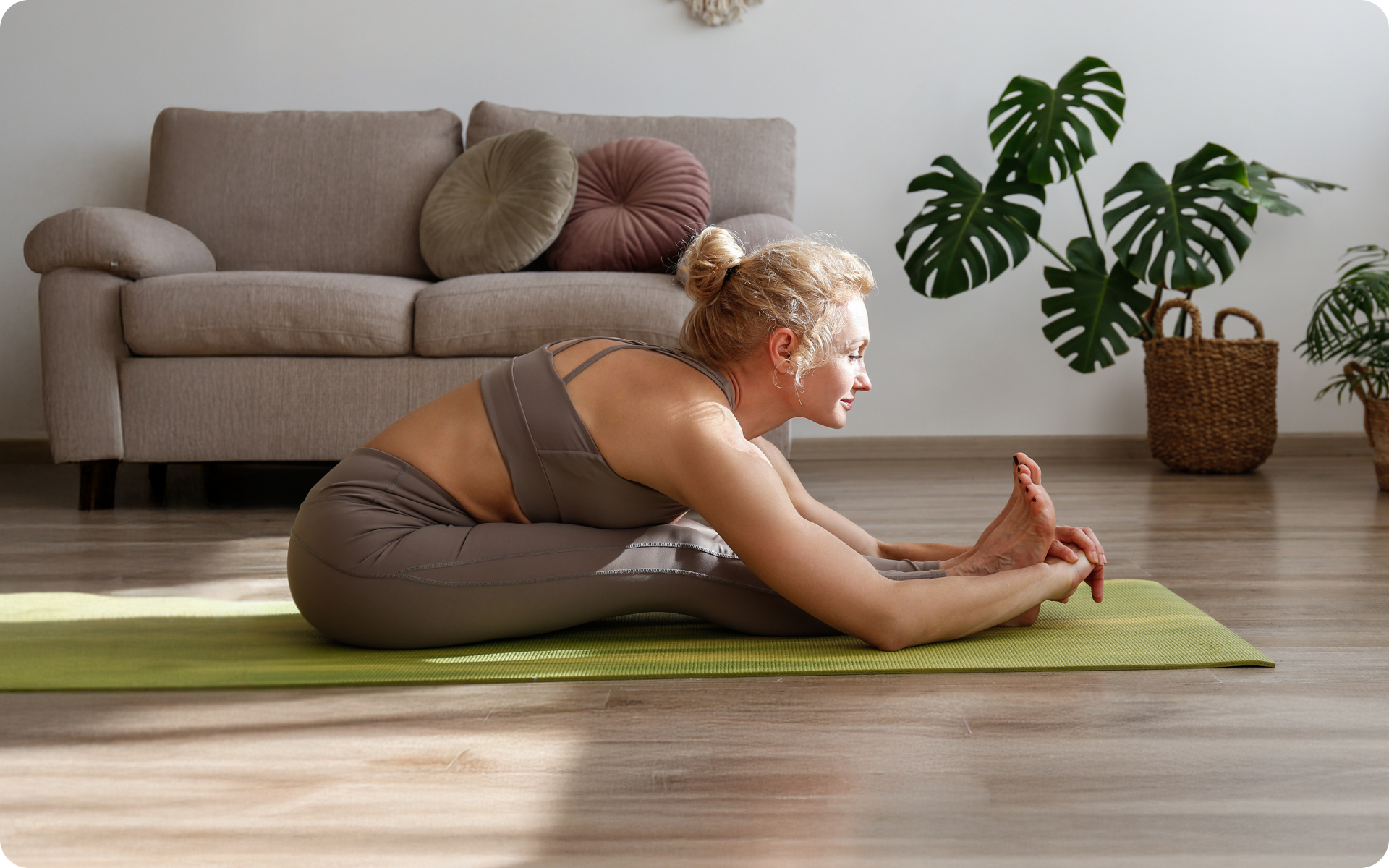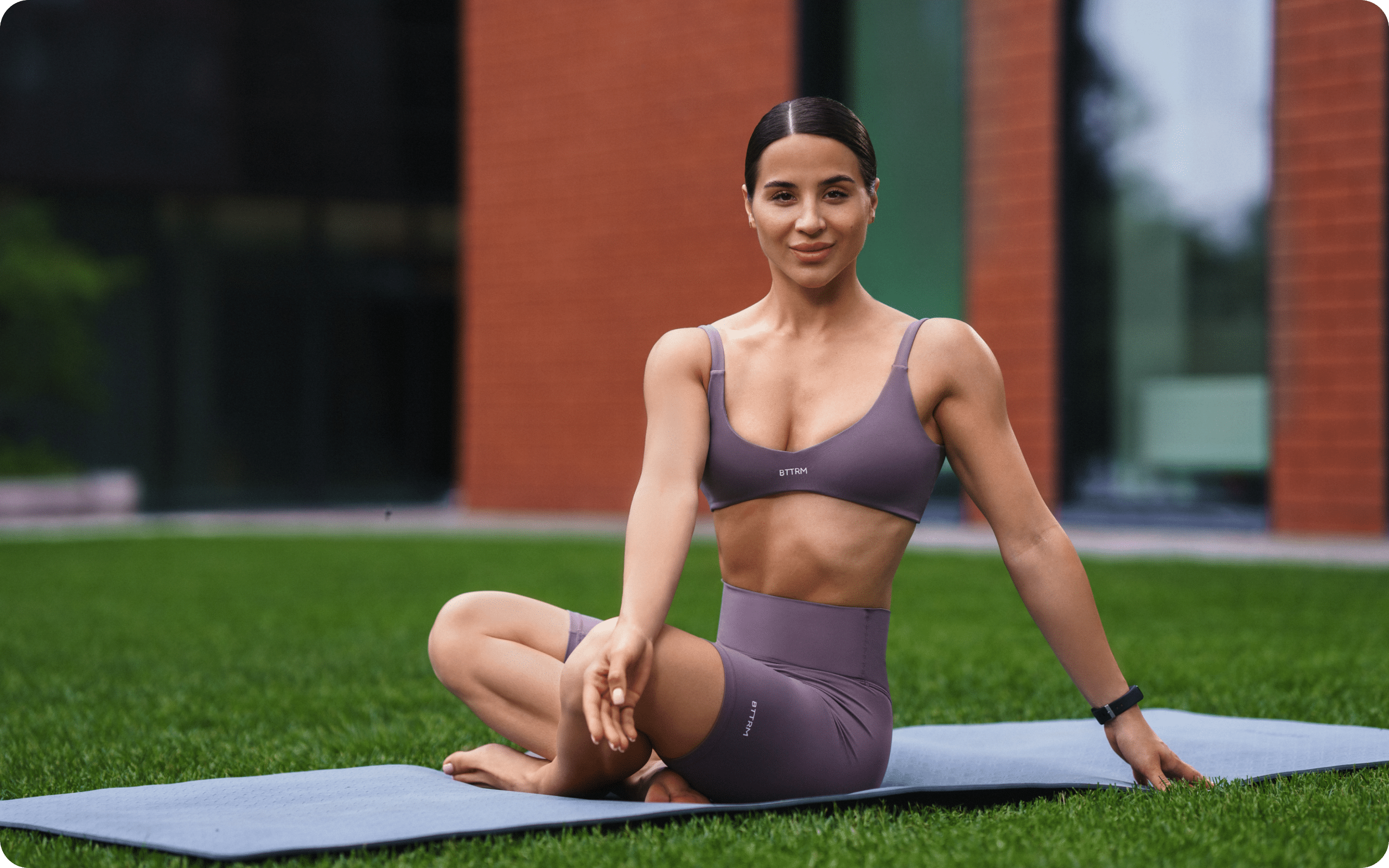People are now focused on their health and appearance like never before. Some are ruled by beauty standards, while others want to feel better and improve their overall health. Quite often, body transformations are mainly connected to weight loss or weight gain. That’s why there is an enormous number of different methods that can now help you achieve these goals.
Experts and the Internet offer you a bunch of diets and workout plans that will help you trim off unwanted pounds and become healthier. Such a variety of weight loss methods can often lead to misconceptions and sometimes people don’t understand the difference between nutrition plans or exercises that may look similar at first view. They also don’t understand the difference between the different effects they have on the body.
The same goes for yoga and stretching, which are often confused. However, despite the fact that they have common features, these are two different types of workout routines.
In this article, you will get an answer to one of the most popular questions of the modern fitness world – yoga vs. stretching, what is their difference and what is better? Let’s start!
Yoga vs Stretching: Differences And Similarities
At first sight, yoga and stretching appear similar, and they even have some similar exercises. For example, a yoga position called baddhakonasana looks the same as butterfly stretch, and janu sirsasana is basically a stretch position, where you stretch one leg out as the other one touches your crotch. However, these two types of routine are from different practices.
Yoga vs Stretching: Similarities
There are not as many similar features as you may think. Firstly, both yoga and stretching are good for your muscles, as they allow them to relax after a strength training session or a long working day. They help relieve tightness and you start feeling much better.
Secondly, both types of workout can target all the main muscle groups. Some asanas and stretching positions engage your entire body.
Thirdly, as mentioned above, some of the movements look quite similar. Considering these three similarities, it’s quite clear why some people, particularly those who don’t have enough experience, tend to confuse yoga and stretching.
Read More: Types Of Stretches To Loosen Up Your Body From Head To Toe
Yoga vs Stretching: Differences
First, let’s see what yoga is and what stretching is.
Many of you will definitely have seen yoga classes at least once, and according to the media, it is a training session that is performed by fit and extremely flexible people who say “ohm” from time to time. However, this is just an attractive picture that differs a little bit from reality.
Yoga is an ancient holistic practice and each yoga posture consists of one part. These postures, which are known as asanas, require balance, stretching, proper breathing, calmness of mind, and a high level of concentration. Yoga traditions are approximately 5,000 years old and based on an ancient Indian philosophy in which many lineages have evolved. Yoga includes postures of different complexity levels, but also incorporates various breathing and meditation techniques. Therefore, it benefits both your physical health and your mental health. Many experts recognize this practice as mind-body medicine (4). It is more than just a workout routine. It improves your fitness level (strength, balance, and endurance), while also helping you find inner balance, peace, and harmony.
And what is stretching? Stretching is one of the most important parts of your daily workout routine. It offers several benefits for your body and helps reduce tightness in your muscles and relax them after a workout. If you don’t stretch at all, your muscles will remain tight and unable to function properly. This can lead to injuries, such as muscle damage, joint pain, and strains (6). Stretching regularly helps keep your muscles flexible, lean, and long (5). It is also important to stretch every day, as perfect flexibility doesn’t come overnight.
Stretching requires proper breathing techniques too, as holding your breath during a stretch tenses your muscles (3). Correct breathing can help improve your results and enable you to go deeper in your stretch. The proper breathing technique and the ability to control it can provide benefits to your overall health status. It can also have a positive influence on your cardiovascular, muscular, and nervous system and contribute to lower stress levels.
Stretching also has a positive effect on your mood, making you feel better. You get this effect because during the stretch, your body releases endorphins that are known as “feel-good chemicals”, which work as a happiness booster and pain and stress reliever (1). This type of exercise also makes your body activate the parasympathetic nervous system, which promotes a state of mindfulness and relaxation (7).
Yes, some of the benefits of these routines look similar, but they are different:
-
Breathing technique
As mentioned above, both routines require proper breathing. However, they differ slightly. Breathing is essential for the proper performance of yoga poses. During these training sessions, you should be especially mindful of your breathing. In some yoga techniques, breathing is the subject of concentration. In stretching, proper breathing helps you avoid holding your breath during other workouts and helps improve the effect.
-
Fitness level
Yes, everyone can practice yoga and stretching. Some more advanced yoga poses require dedicated practice to achieve their full expression. However, all postures can be adjusted to suit your body and your yoga experience. Although more complex asanas may provide deeper benefits, there are benefits to be had from any variation of a yoga posture. However, even if your body is not particularly flexible, stretching will provide you with the same benefits as it will to someone with a much higher fitness level.
-
Goals of training
Stretching is a better option for those who want to improve their performance in other workouts, recover after an injury, or relax their muscles after a hard training session. Yoga is more suitable for those who want to improve their fitness level, balance, and mental health.
-
Performance itself
A stretch involves holding a certain position and stretching the muscles as much as possible. The main aim is to stretch the muscles until you feel uncomfortable, and through this workout, you release muscle tension. Yoga includes a wide range of poses, and a training session can have different forms. Sometimes, it can be in the form of a flow, where the poses gradually and slowly follow each other, and you feel relaxed and concentrated, while other times, you change poses rapidly, and your heart rate increases as a result.
Yanking yourself back in shape has never been so easy with our game-changing fitness app! Start transforming your life with BetterMe!
What is better to choose?
Both workouts are beneficial for your body and it is impossible to say which is better. Everything is dependent on your aim and what you expect from a training session. In addition, nothing is stopping you from combining them. For example, you can do yoga 2-3 times a week (or even more, depending on your goal) (2) and perform stretching after your strength training sessions.
Conclusion
As you can see, there is no winner in the battle of “yoga vs. stretching”. Both techniques have numerous benefits for your body. They are both similar and different at the same time, and it is impossible to say which is better or worse. Everything is dependent on your goals. However, whichever routine you choose, it is important to take care of your health. Before you start yoga or stretching, the best option is to consult a health professional and qualified instructors to avoid injuries and stay healthy.
DISCLAIMER:
This article is intended for general informational purposes only and does not serve to address individual circumstances. It is not a substitute for professional advice or help and should not be relied on for making any kind of decision-making. Any action taken as a direct or indirect result of the information in this article is entirely at your own risk and is your sole responsibility.
BetterMe, its content staff, and its medical advisors accept no responsibility for inaccuracies, errors, misstatements, inconsistencies, or omissions and specifically disclaim any liability, loss or risk, personal, professional or otherwise, which may be incurred as a consequence, directly or indirectly, of the use and/or application of any content.
You should always seek the advice of your physician or other qualified health provider with any questions you may have regarding a medical condition or your specific situation. Never disregard professional medical advice or delay seeking it because of BetterMe content. If you suspect or think you may have a medical emergency, call your doctor.
SOURCES:
- Endorphins: Effects and how to increase levels (2018, medicalnewstoday.com)
- How Often Should You Do Yoga a Week? (2019, livestrong.com)
- How To Stretch Properly: The Do’s And Don’ts Of Stretching (n.d., bodybuilding.com)
- Mind and Body Practices (2017, nccih.nih.gov)
- Stretching: Focus on flexibility (2020, mayoclinic.org)
- The importance of stretching (2019, health.harvard.edu)
- Why does stretching feel so good? (n.d., sciencefocus.com)

